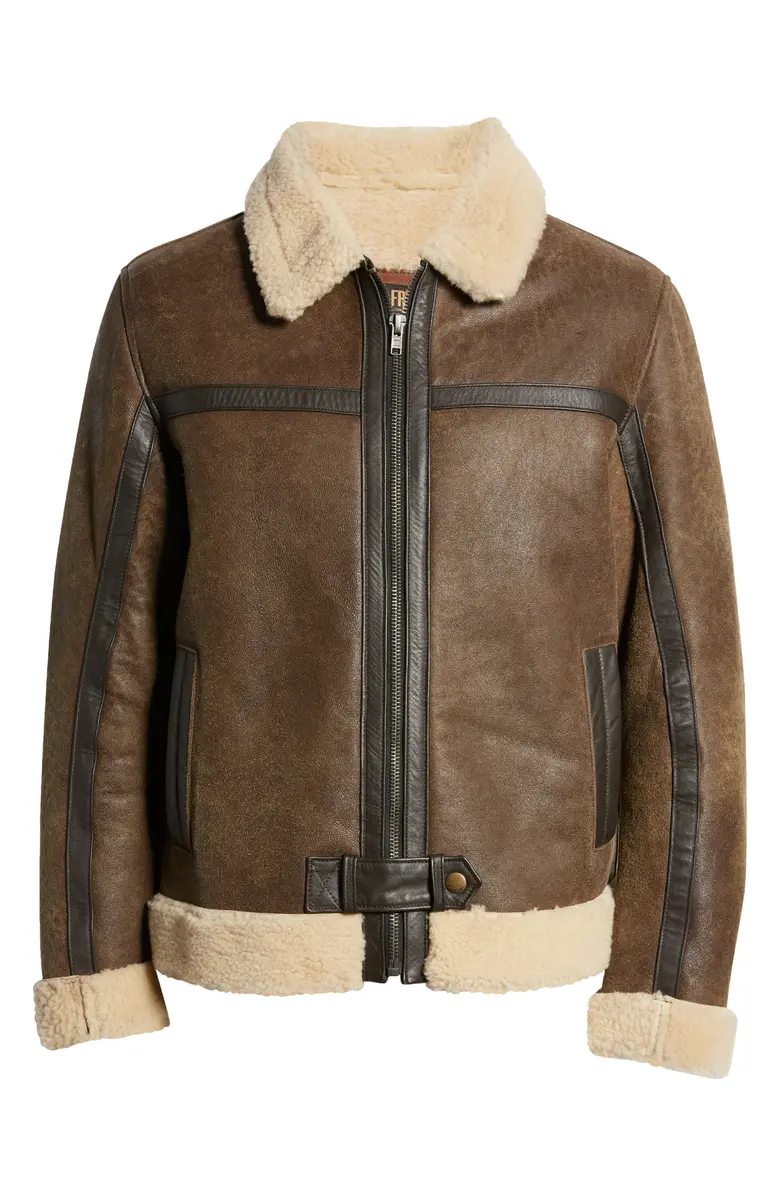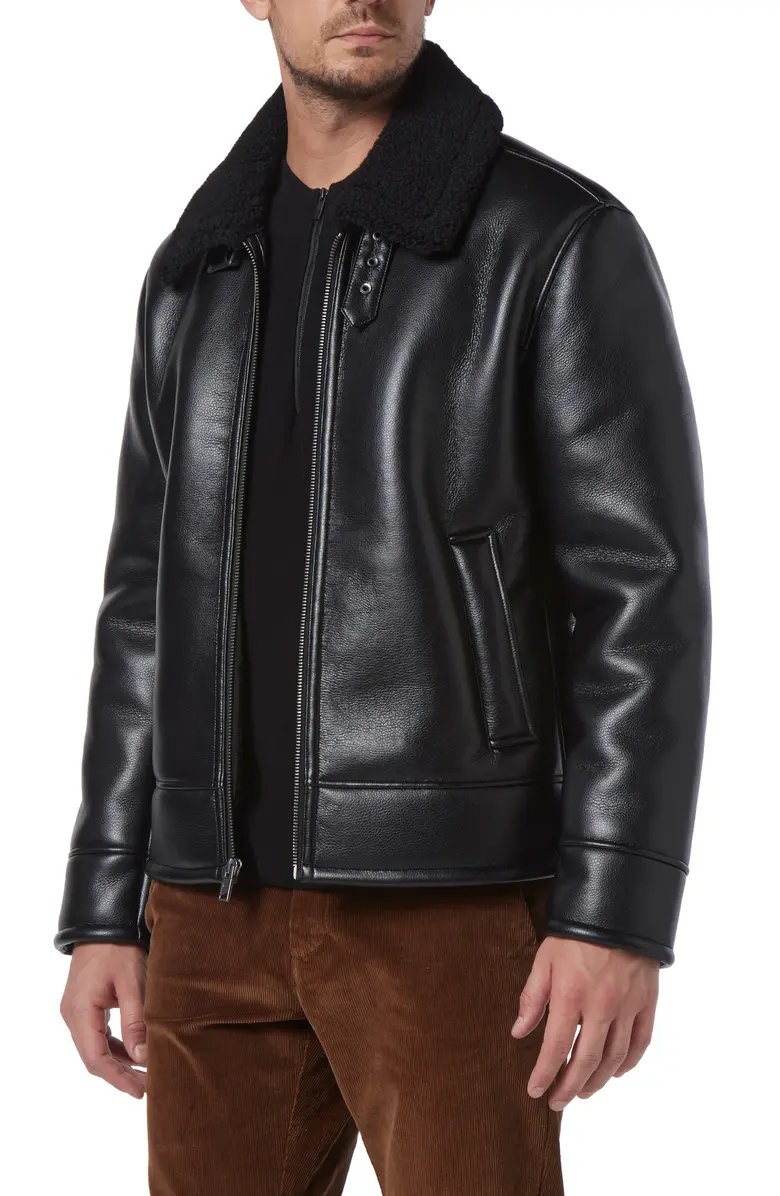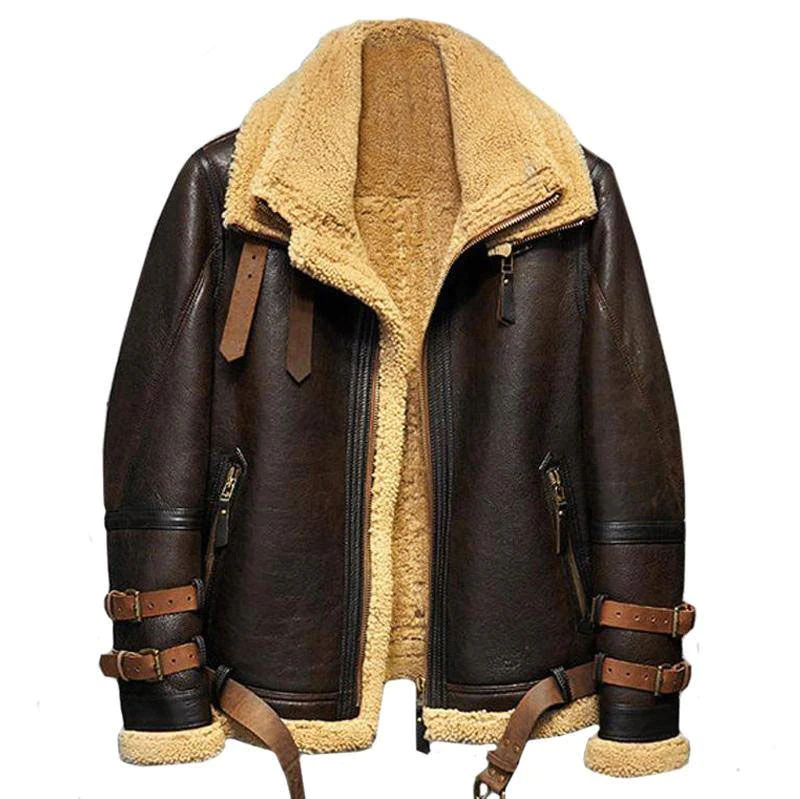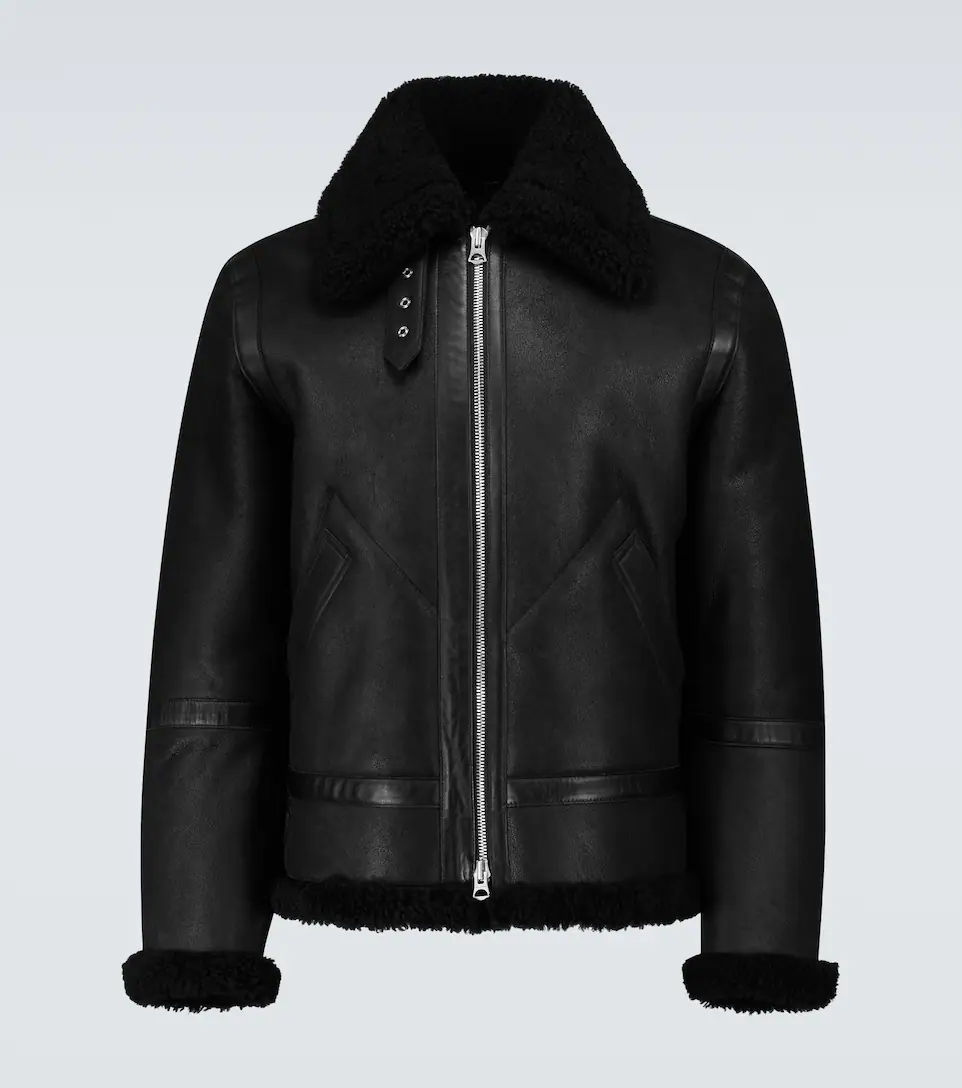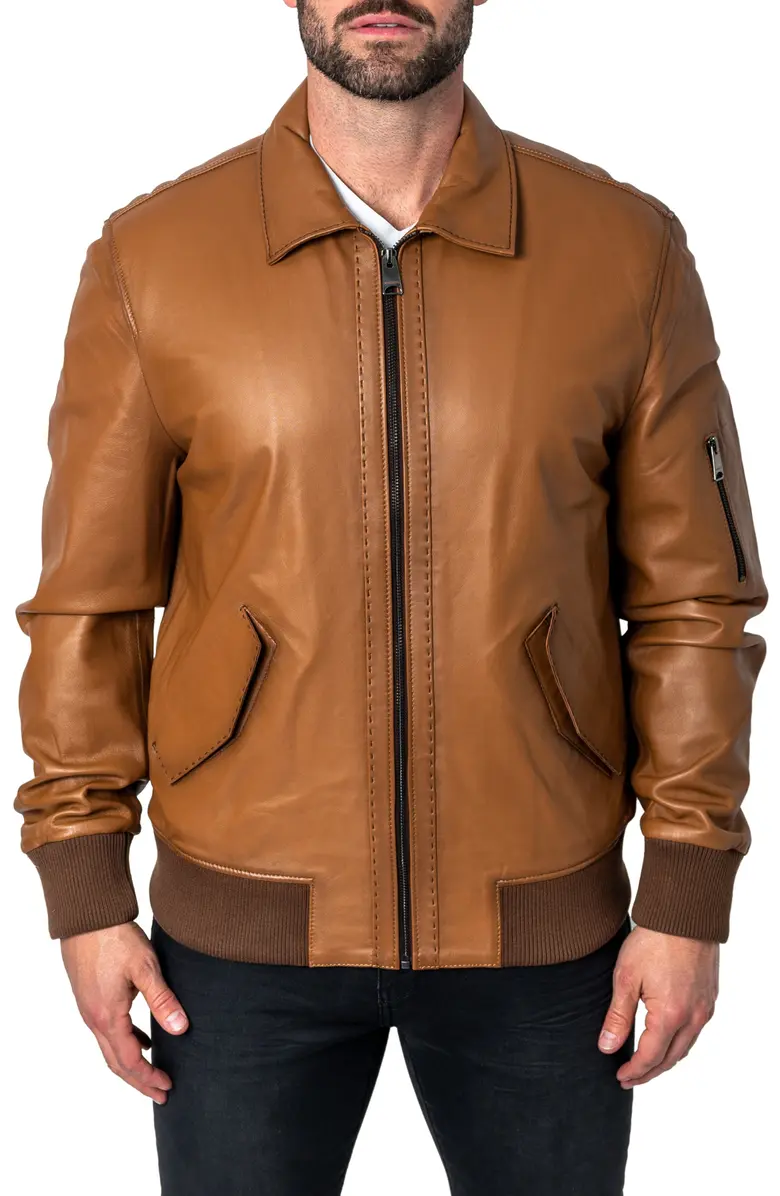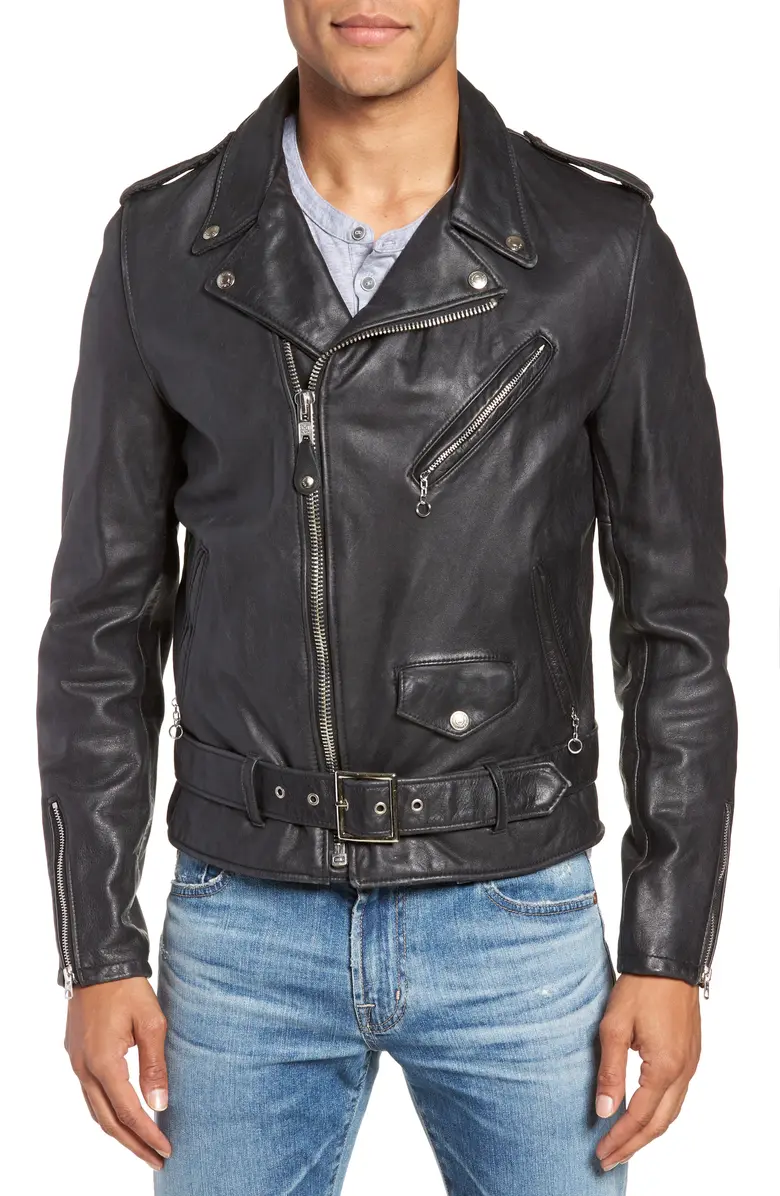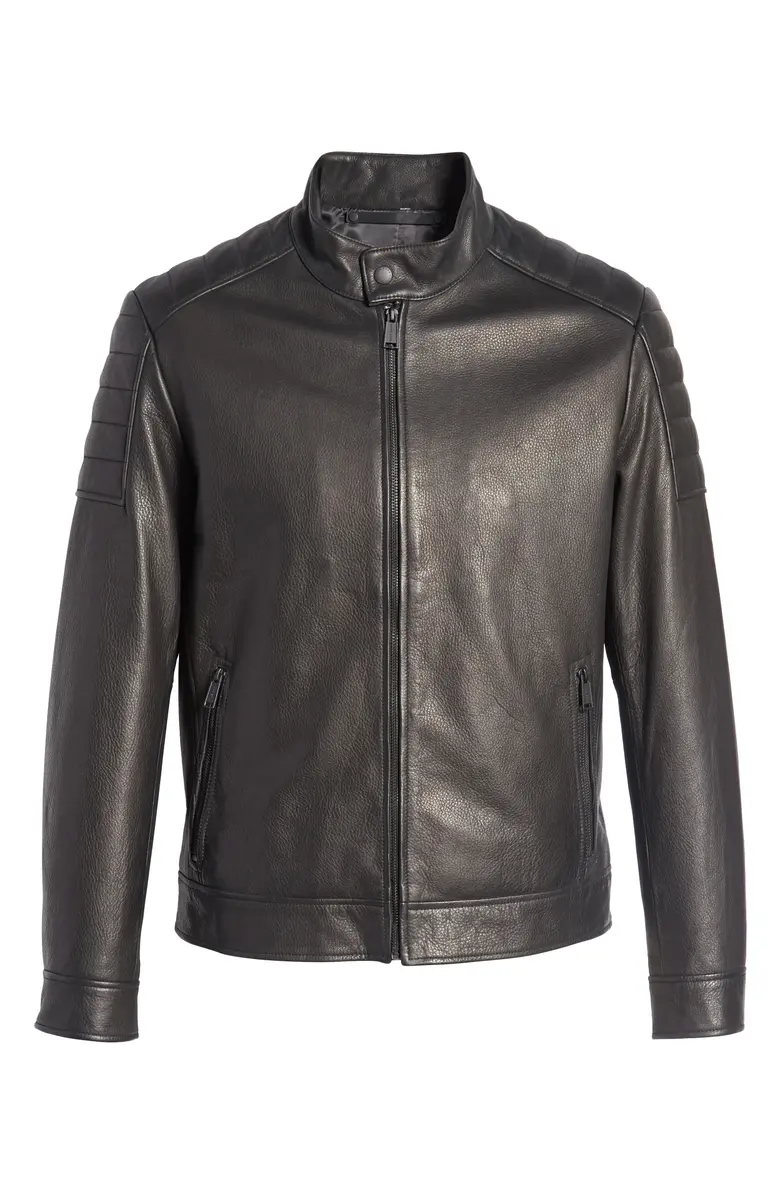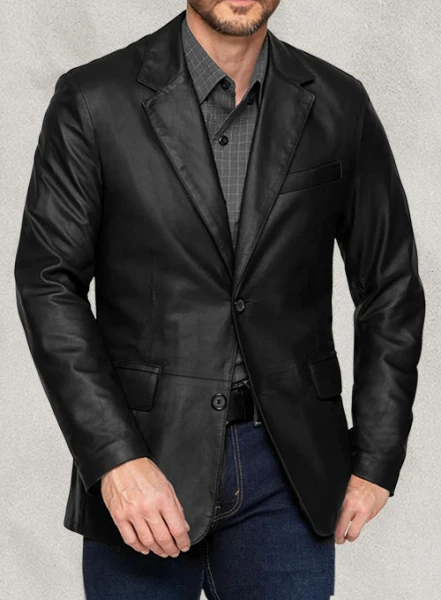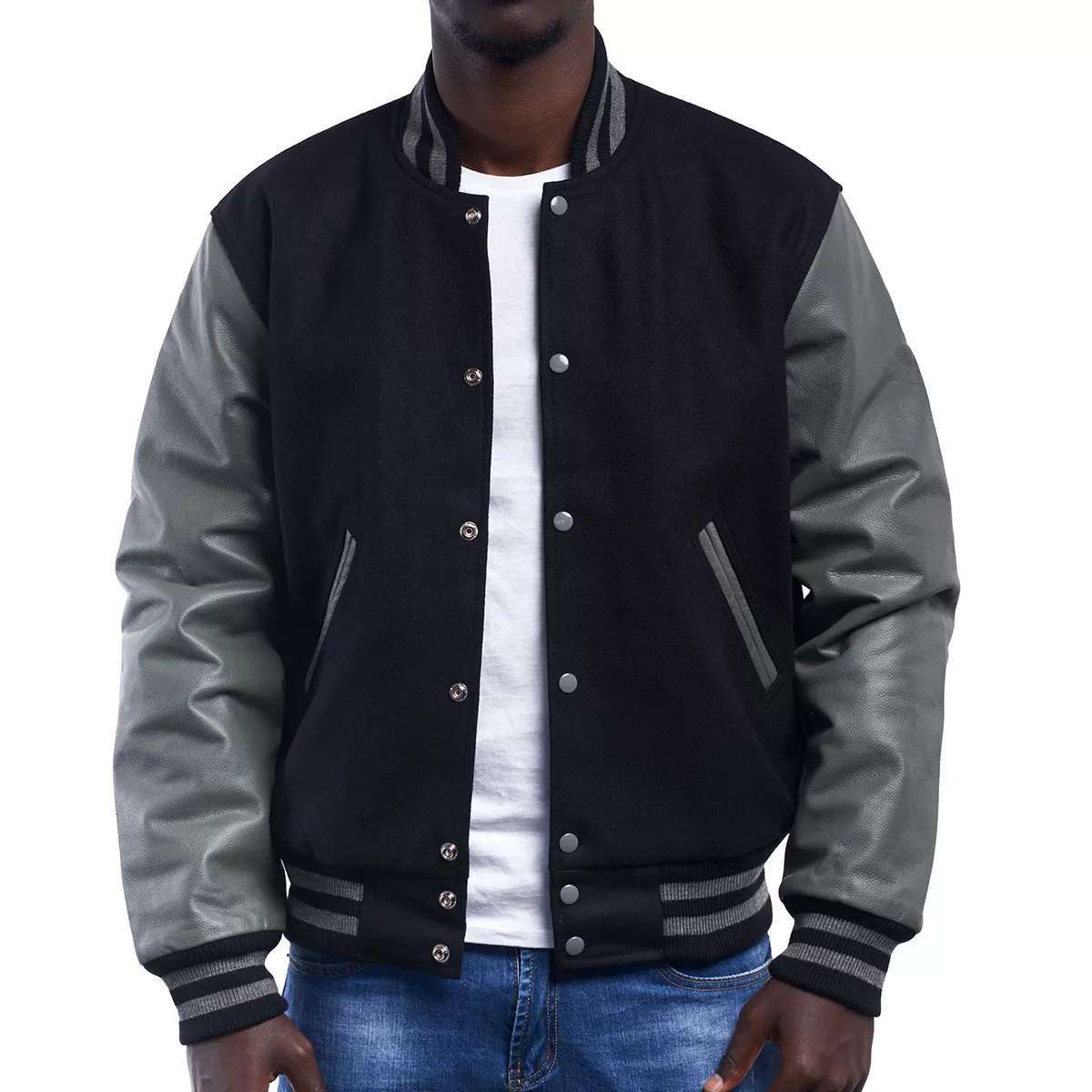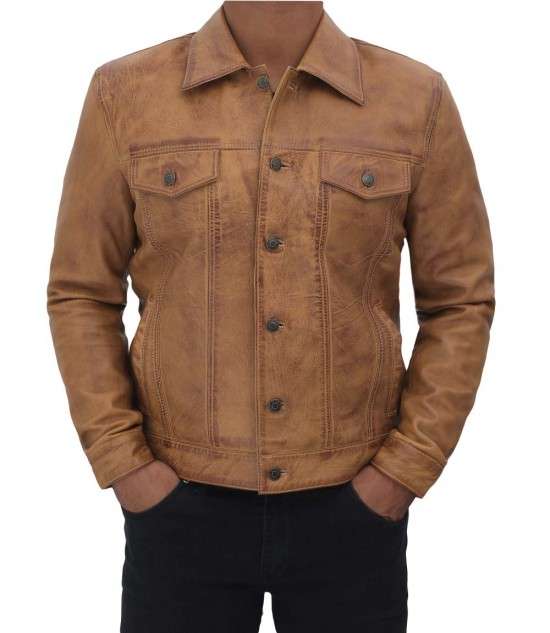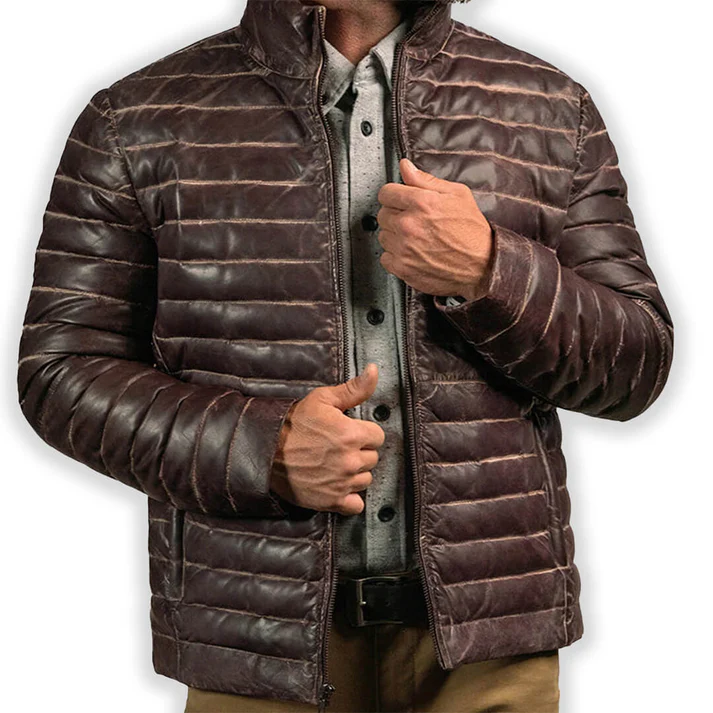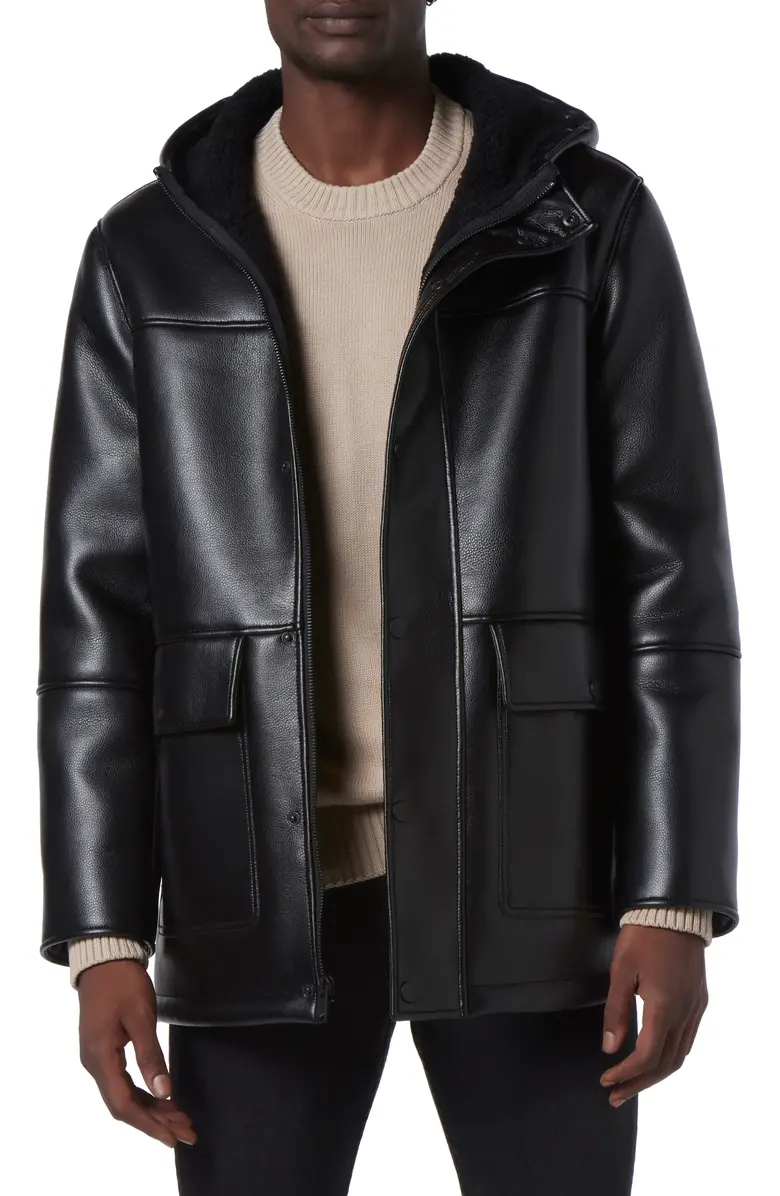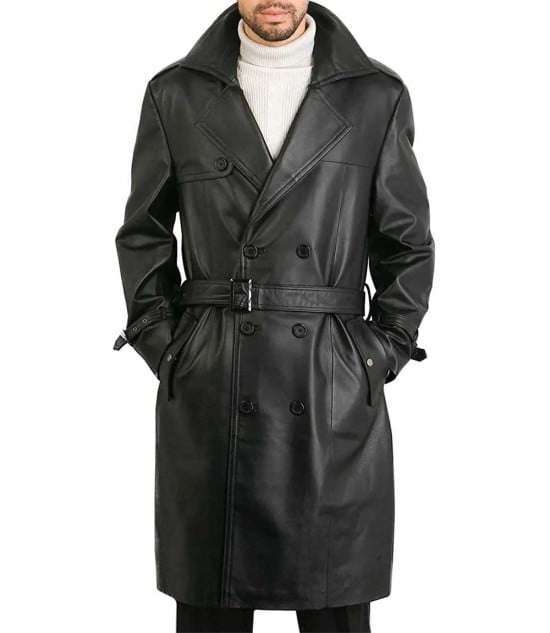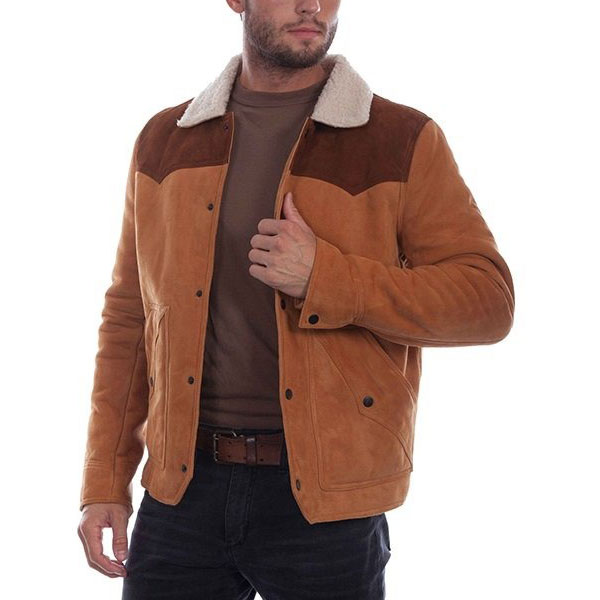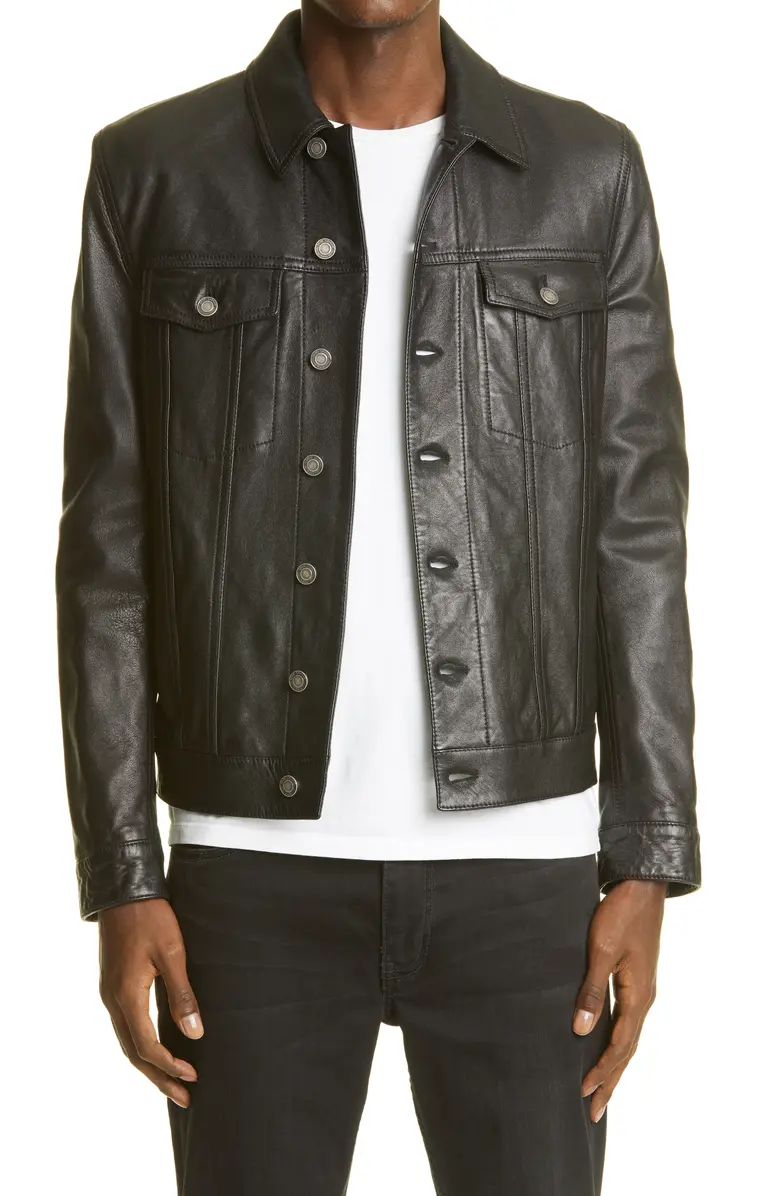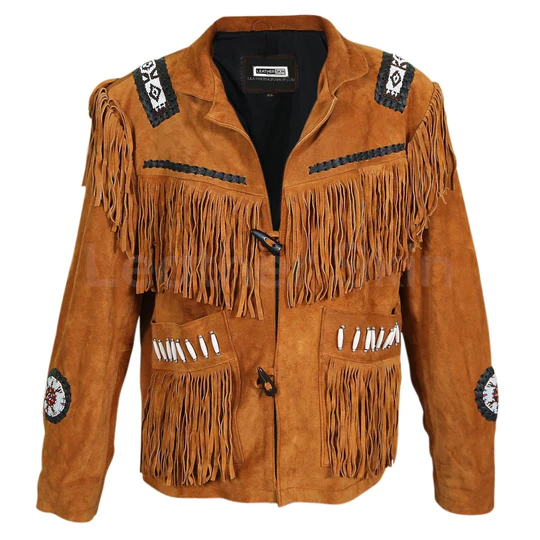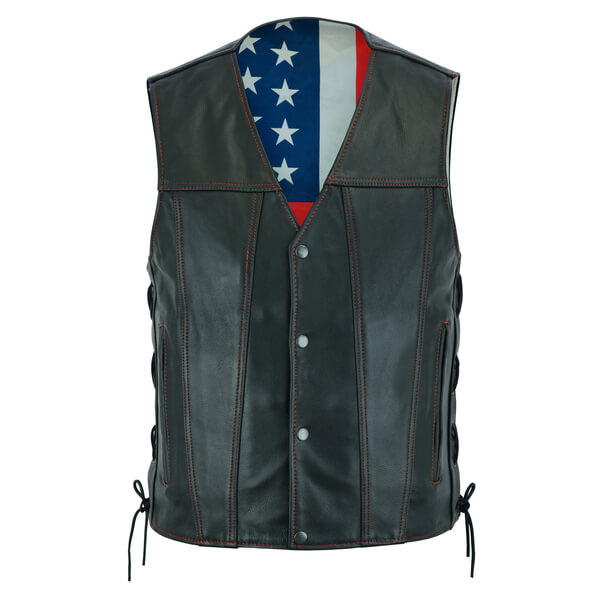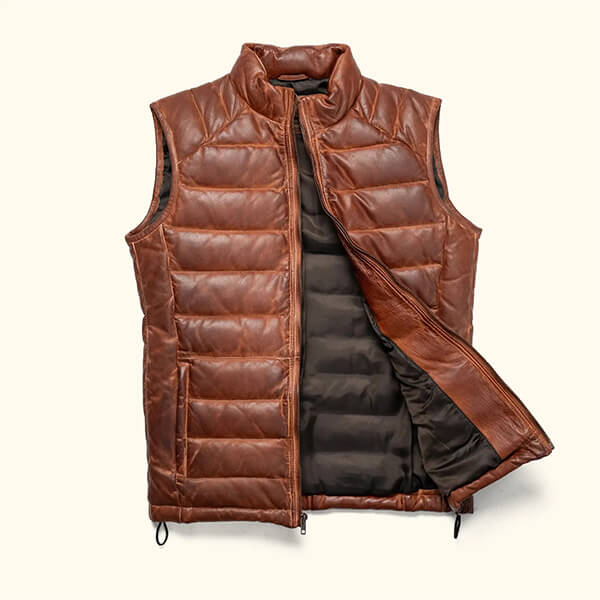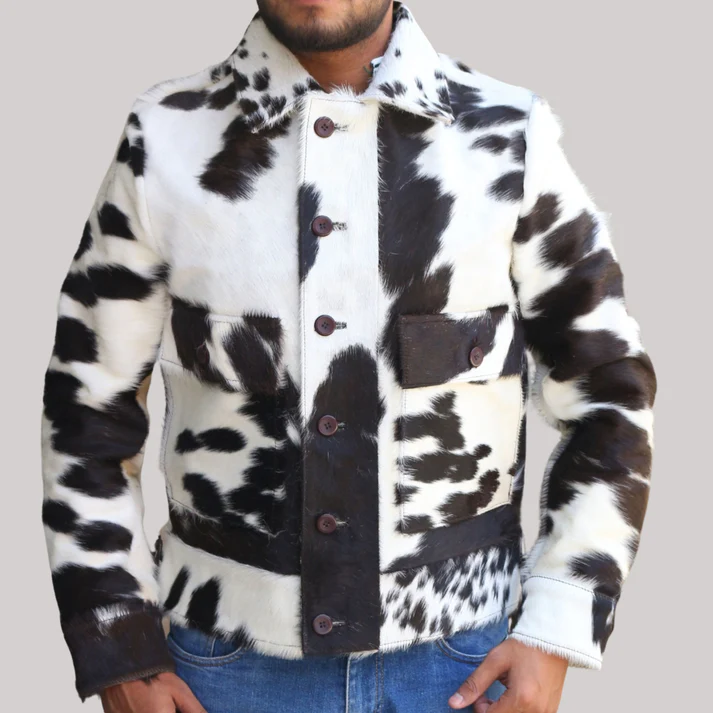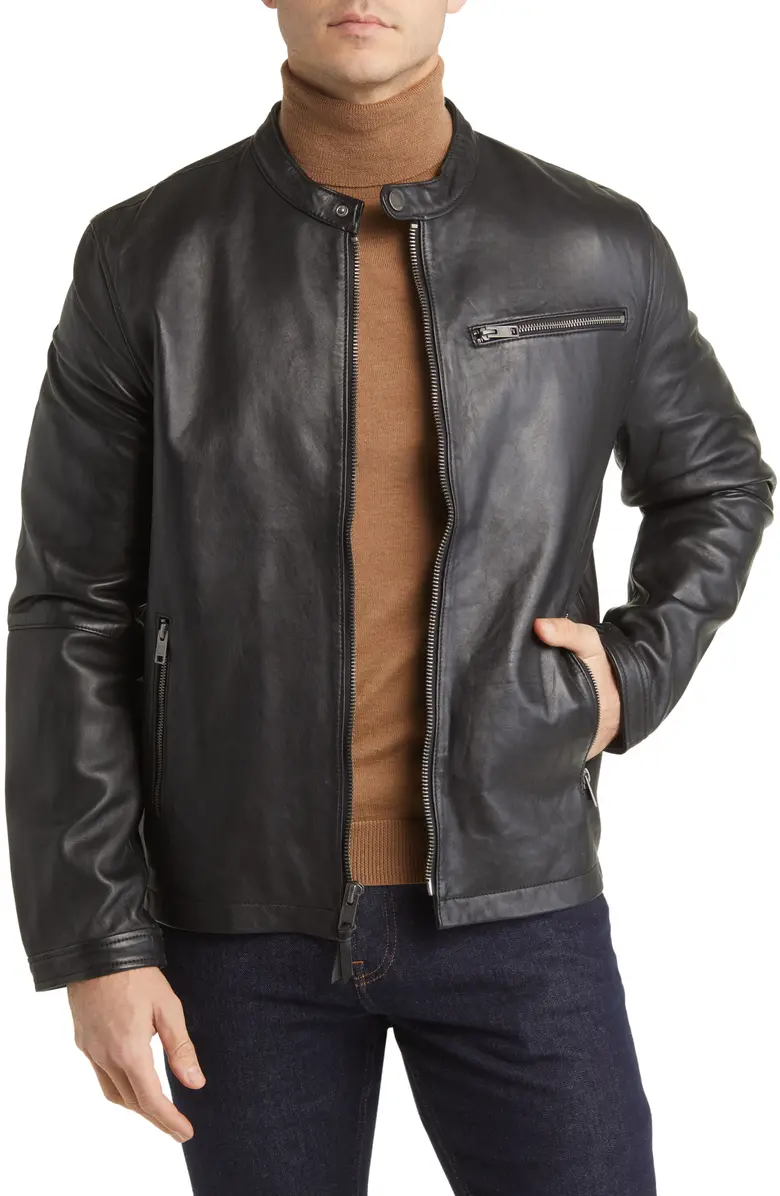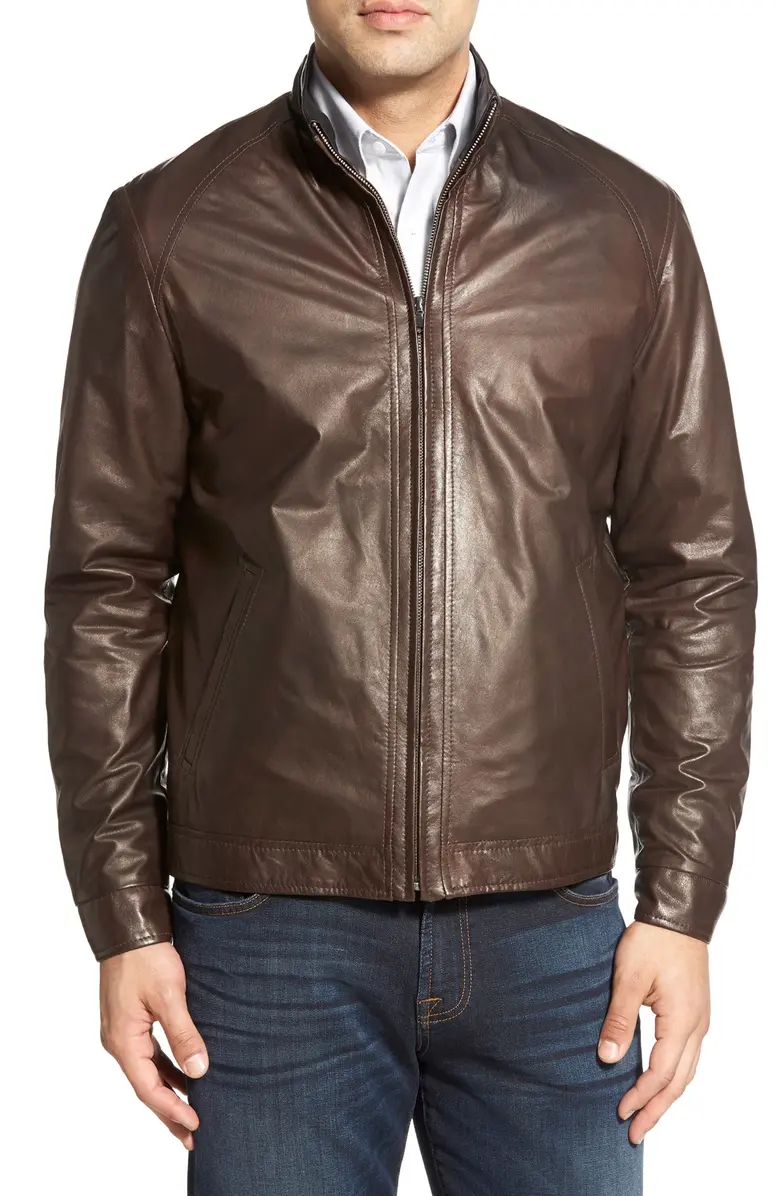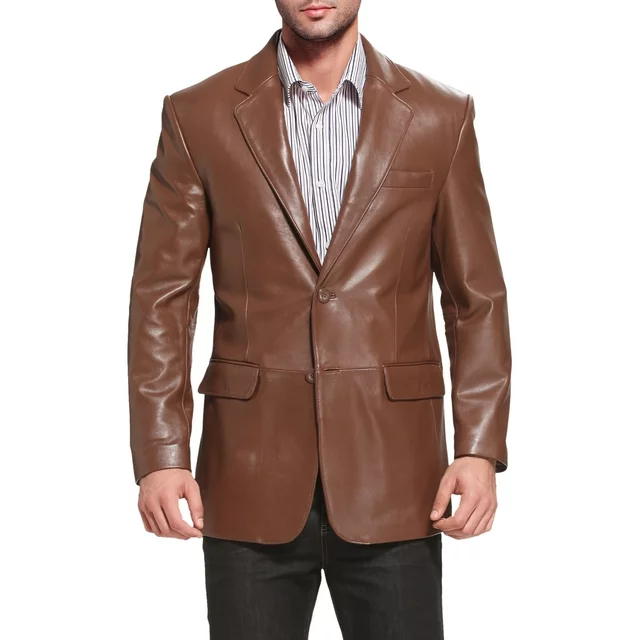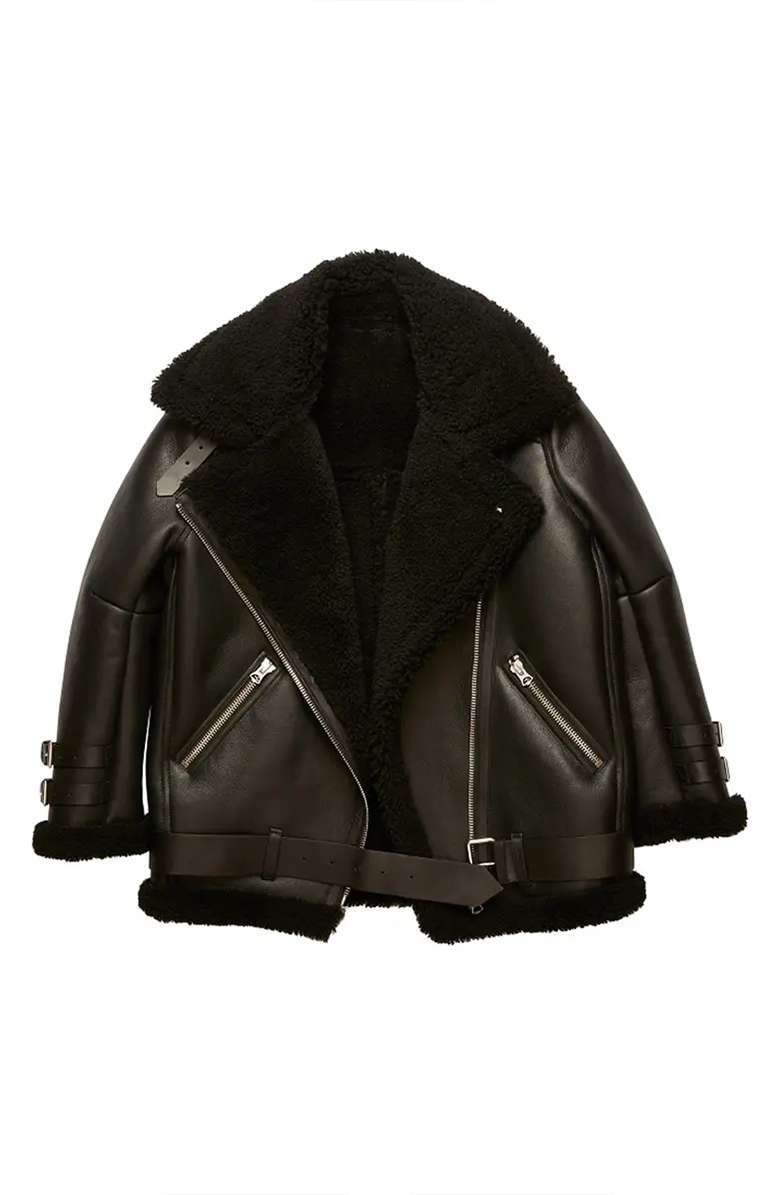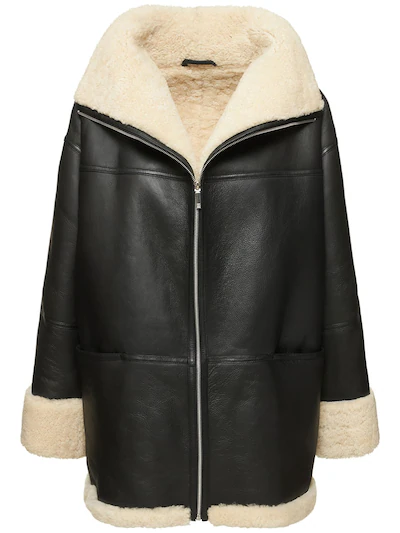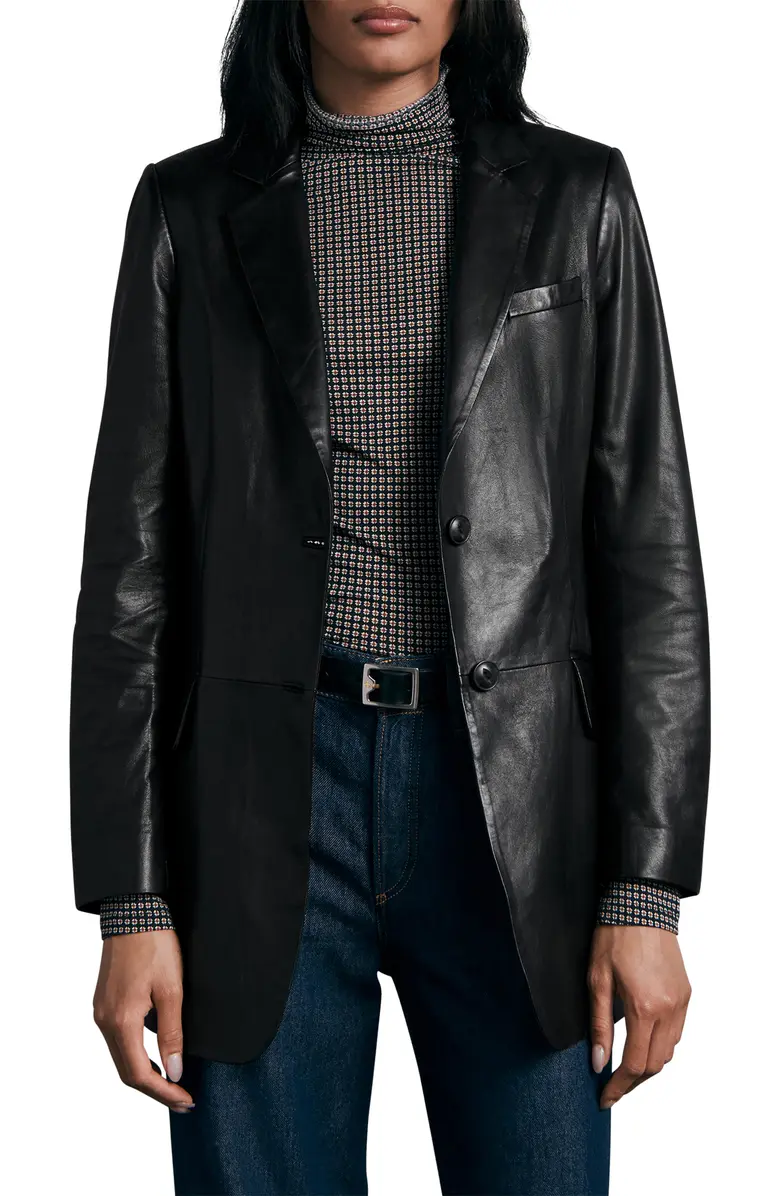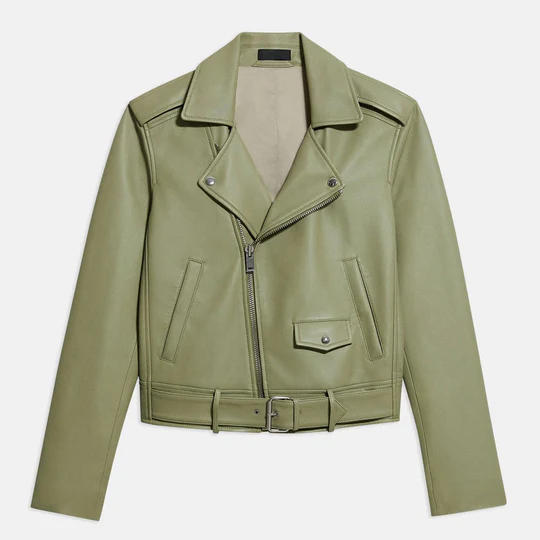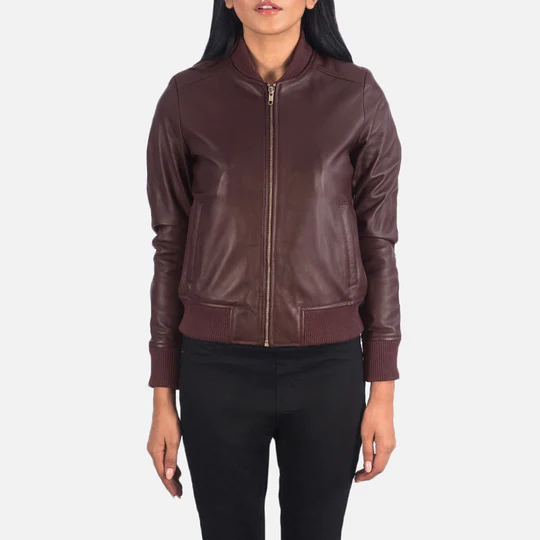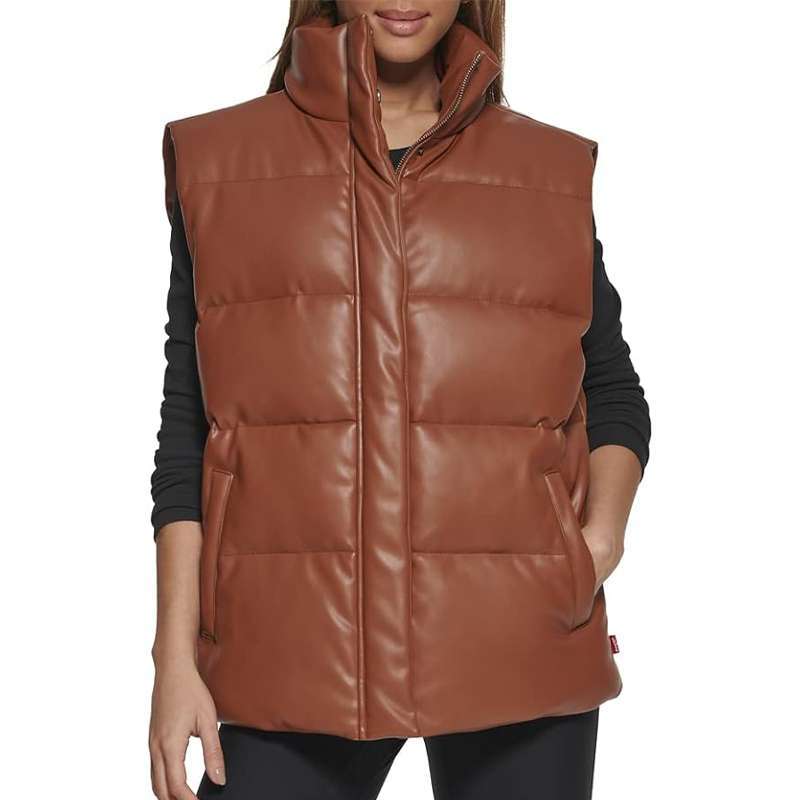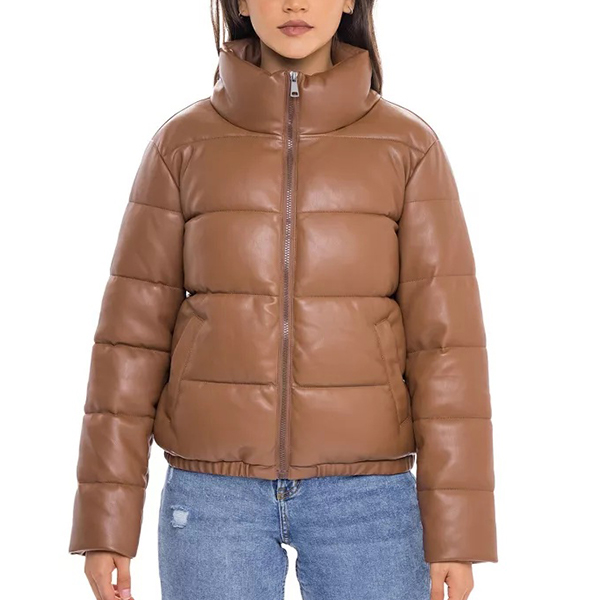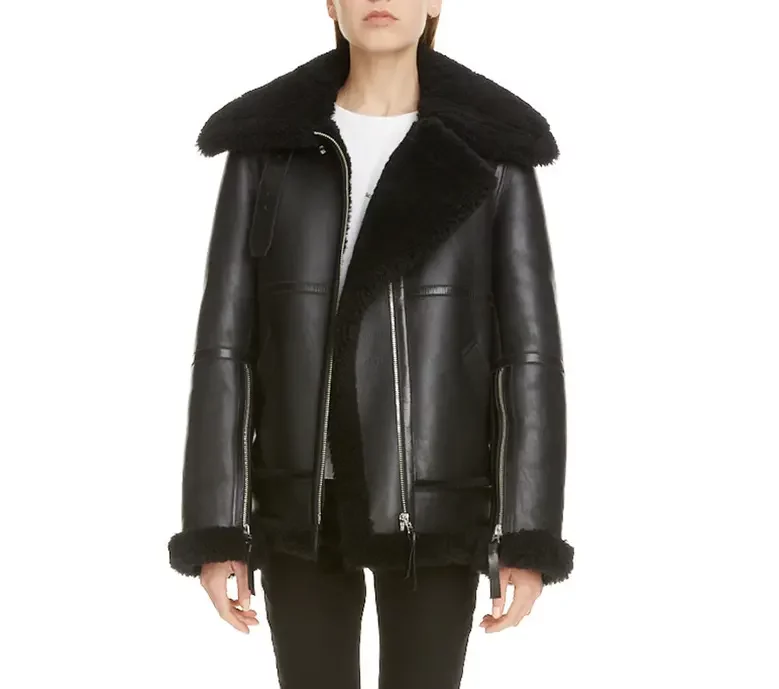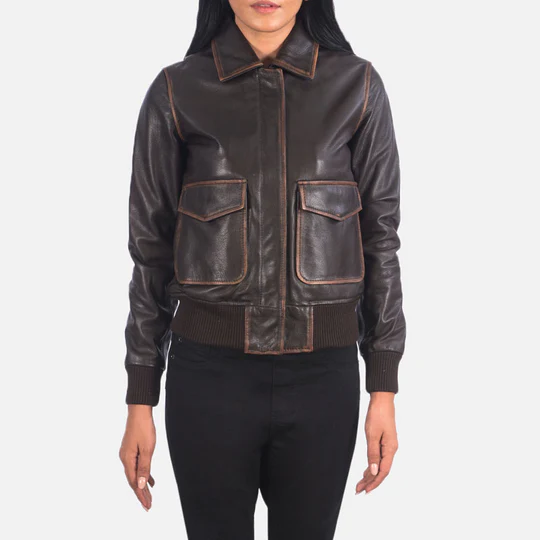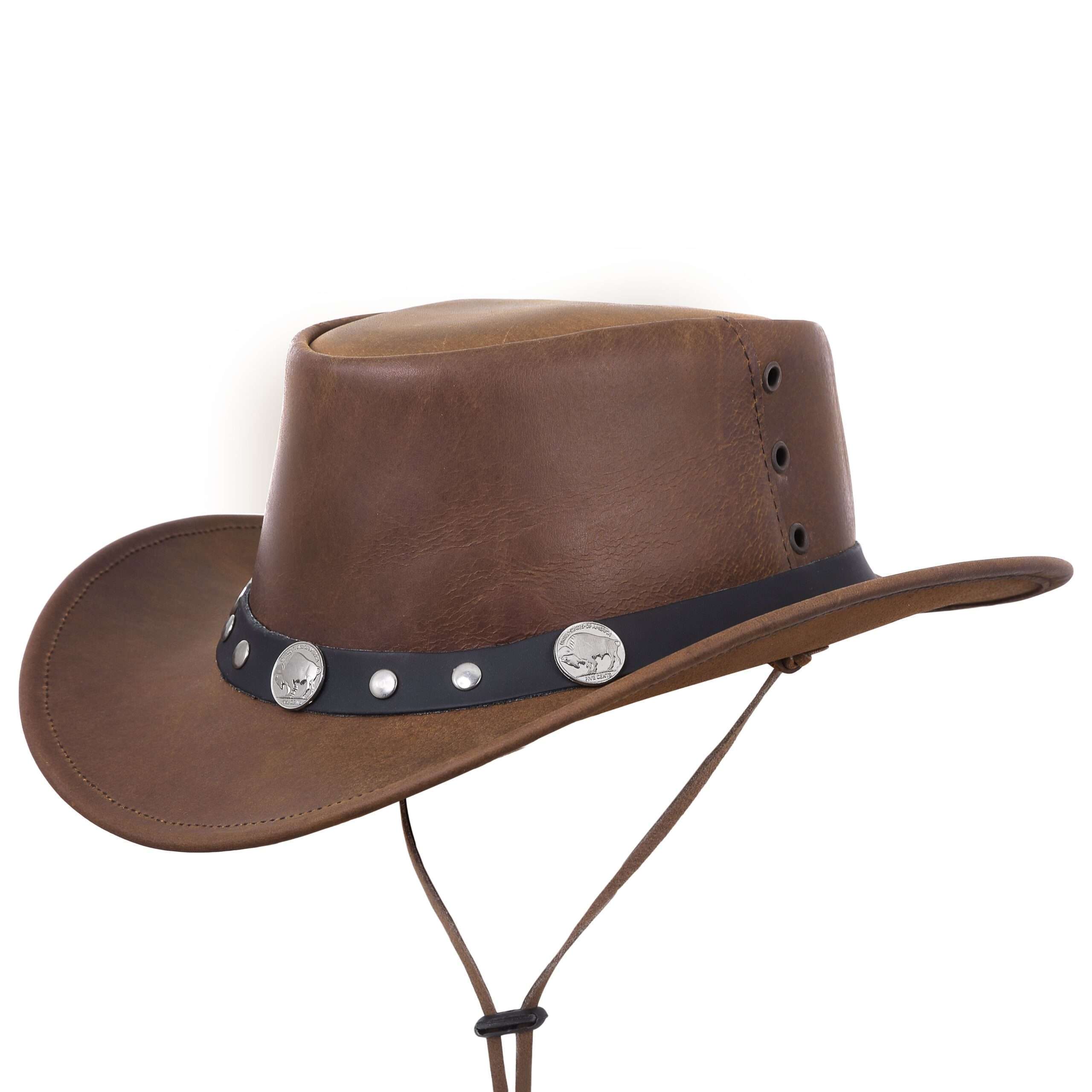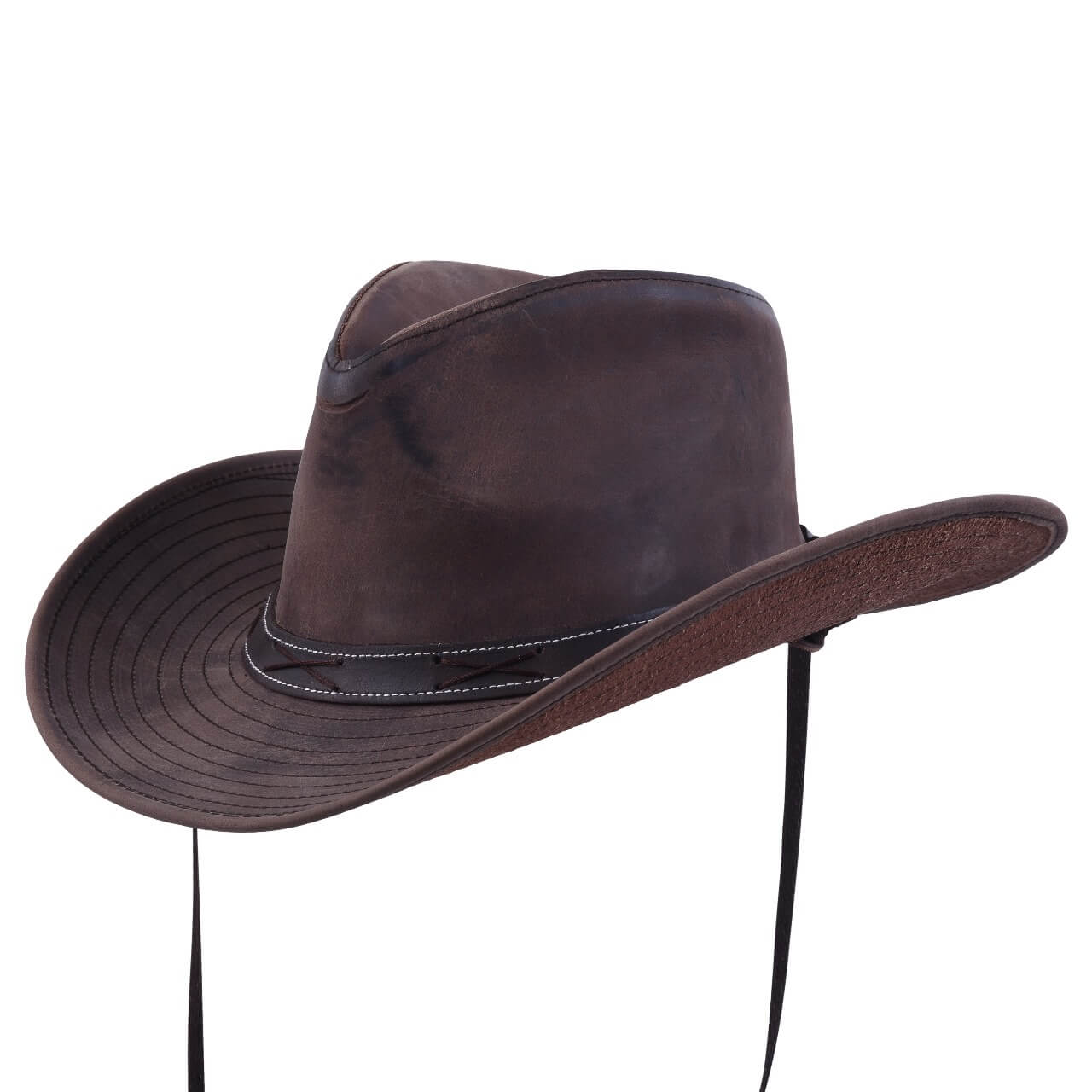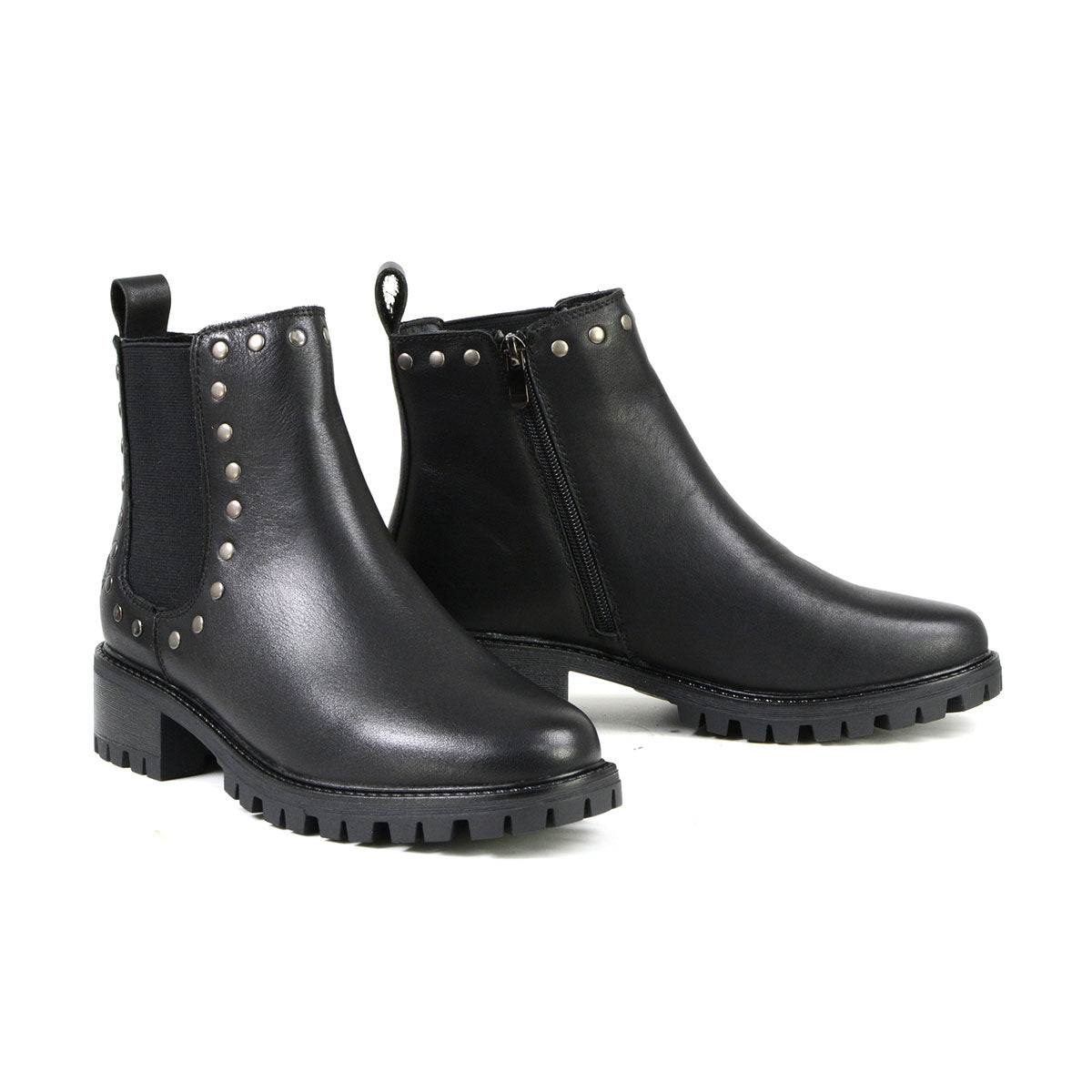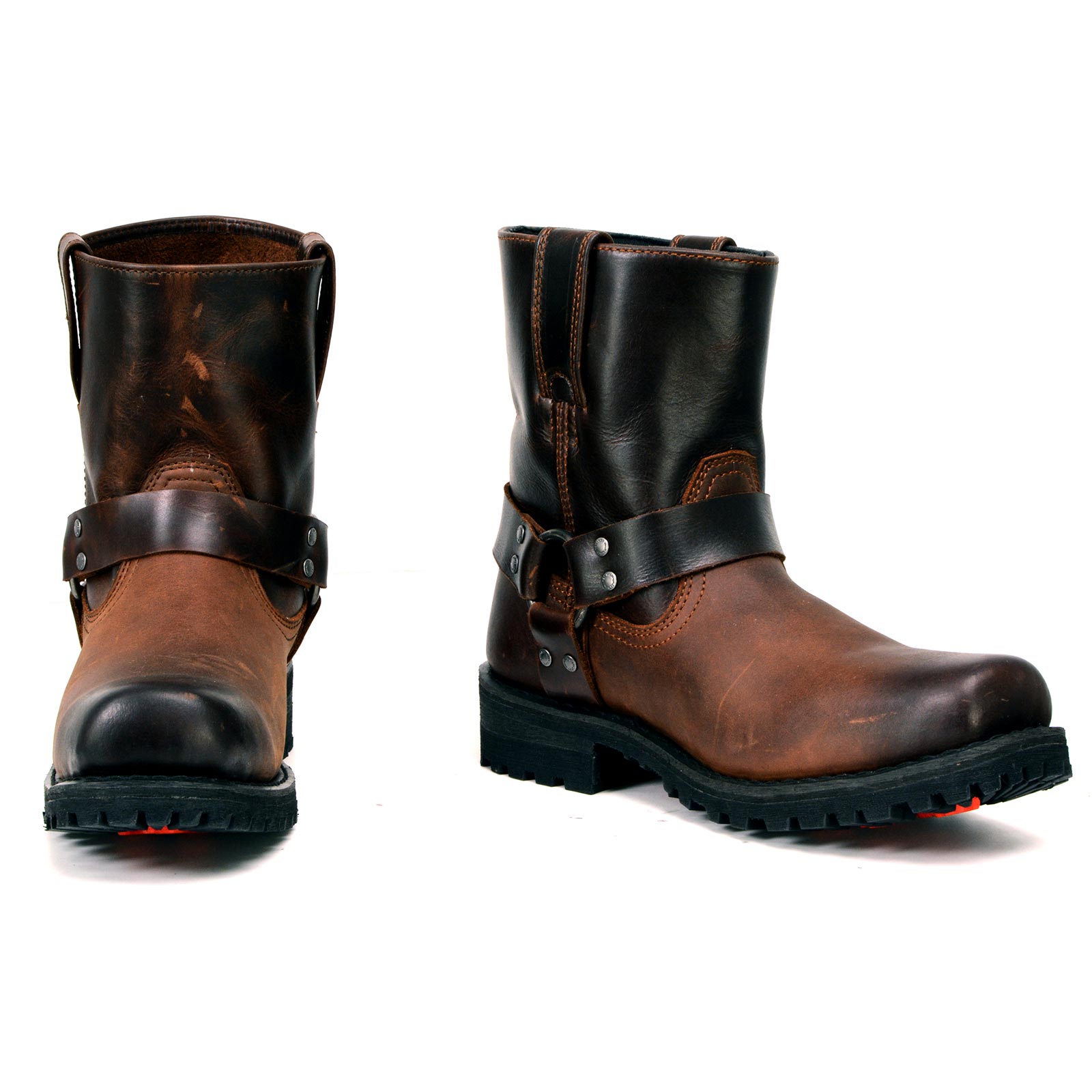Starting a cotton hoodie clothing line can be an exciting business opportunity. Hoodies are a popular fashion item worn by people of all ages. Whether you want to start a streetwear brand, focus on sustainable fashion, or create a niche for athleisure, this guide will help you understand the key steps in launching your hoodie business.
We will cover market research, branding, sourcing, design, pricing, marketing, and scaling your business to ensure long-term success.
Understanding the Market
Defining Your Target Audience
Identifying the right audience is crucial for any business. You need to decide who your hoodies will be designed for. Some common niches include:
- Streetwear – Urban fashion for a younger demographic.
- Athleisure – Comfortable and stylish sportswear.
- Sustainable fashion – Organic cotton hoodies for eco-conscious buyers.
- Kids’ wear – Cozy and soft hoodies for children.
To better understand your audience, conduct research through social media polls, online forums, and competitor analysis. Knowing your target customers will help you design products they will love. That’s when you’ll realise whether you need the cotton hoodies wholesale supplier or not!
Analyzing Competition
Researching competitors can help you identify gaps in the market. Look at brands that sell similar hoodies and analyze their pricing, branding, and customer engagement. Pay attention to:
- The type of hoodies they sell (fitted, oversized, zip-up, pullover).
- Their price range.
- The quality of their fabric and designs.
- Customer reviews to understand what buyers appreciate and what they dislike.
Planning Your Brand Identity
Brand Vision and Values
Your brand needs a unique identity to stand out. Define what your business represents. Are you focused on sustainability, affordability, or high-end luxury hoodies? Having a clear vision will guide your design choices, marketing, and customer interactions.
Visual Aesthetic
Your brand should have a consistent look and feel. Decide on:
- Color palette – Choose colors that match your brand image.
- Fonts and logo – A recognizable logo helps build brand awareness.
- Photography style – Professional images enhance credibility.
Create a mood board using Pinterest or design tools to visualize your brand identity.
Sourcing from Reputable Wholesale Suppliers
Why Wholesale Matters
Partnering with the right wholesale supplier ensures cost efficiency and consistent product quality. A good supplier will help you maintain brand reputation by providing:
- High-quality cotton hoodies.
- Customization options.
- Reliable shipping times.
Criteria for Selecting Suppliers
- Fabric Quality – Look for suppliers that offer 100 percent cotton hoodies wholesale or high-quality cotton blends. Certifications like OEKO-TEX and GOTS indicate safe and sustainable materials.
- MOQ (Minimum Order Quantity) – Some suppliers require bulk orders. Choose one that aligns with your budget.
- Production Lead Time – Ensure they can meet your required delivery timeline.
- Communication & Support – A good supplier responds promptly and offers transparent policies.
Designing Your Cotton Hoodie Collection
Choosing Hoodie Styles
There are various hoodie styles to choose from, such as:
- Pullover hoodies – Classic and casual.
- Zip-up hoodies – Versatile and stylish.
- Cropped hoodies – Trendy and modern.
- Oversized hoodies – Comfortable and relaxed fit.
Customization & Branding
Your brand’s uniqueness comes from design details. Consider:
- Printing techniques – Screen printing, direct-to-garment printing, or embroidery.
- Labels and tags – Custom labels enhance brand identity.
- Special fabric finishes – Pre-shrunk, enzyme-washed, or brushed cotton for softness.
Sample Testing
Always order samples before placing bulk orders. This ensures:
- Fabric quality meets expectations.
- Stitching and fit are perfect.
- Colors appear as expected.
Pricing and Financial Planning
Cost Breakdown
Understanding your costs helps set a profitable price. Main expenses include:
- Wholesale price per hoodie.
- Shipping and customs fees.
- Printing and customization costs.
- Packaging (branded boxes, tags, and wrapping materials).
- Marketing budget.
Setting Retail Prices
Your pricing should reflect product quality while remaining competitive. Common pricing strategies include:
- Keystone pricing – Doubling the wholesale cost.
- Psychological pricing – Setting prices like $49.99 instead of $50.
- Premium pricing – If your brand offers high-quality or limited-edition items.
Monitoring Cash Flow
Keep track of expenses and profits to ensure business sustainability. A financial buffer helps manage unexpected costs like returns or promotions.
Marketing Your Cotton Hoodie Line
Online Presence
A strong online presence is essential for sales. Focus on:
- E-commerce website – A user-friendly store with high-quality product images.
- Social media – Platforms like Instagram, TikTok, and Pinterest work well for fashion brands.
- Influencer collaborations – Partner with fashion influencers to promote your hoodies.
- Content strategy – Post behind-the-scenes videos, customer reviews, and styling tips.
Offline Strategies
- Pop-up shops – Create brand awareness through temporary stores or market stalls.
- Retail partnerships – Approach local boutiques to stock your hoodies.
Leveraging Brand Storytelling
Consumers connect with brands that share authentic stories. Whether your brand supports ethical sourcing, eco-friendly production, or community-driven initiatives, communicate this through social media and product descriptions.
Launch and Initial Sales
Soft Launch vs. Full Launch
A soft launch allows you to test the market with a smaller audience before fully launching. It helps you gather feedback and adjust your strategy.
A full launch involves a coordinated marketing push, including:
- Social media promotions.
- Influencer partnerships.
- Email marketing campaigns.
- Limited-time discounts to drive sales.
Gathering Feedback
Customer feedback is valuable for improvement. Encourage reviews and ask for opinions on:
- Fit and comfort.
- Design appeal.
- Shipping and packaging.
Use this information to refine your collection.
Scaling and Long-Term Growth
Expanding Your Product Range
Once your hoodie line gains traction, consider adding:
- T-shirts and joggers.
- Beanies and caps.
- Hoodies with unique features (e.g., thermal lining, waterproof fabric).
Building Customer Loyalty
- Implement loyalty programs for repeat buyers.
- Offer exclusive discounts for newsletter subscribers.
- Run limited-edition drops to create urgency and excitement.
Maintaining Quality Control
Consistently check the quality of your hoodies by:
- Conducting random inspections on bulk orders.
- Ensuring suppliers maintain high standards.
- Monitoring customer feedback on product durability.
Conclusion
Starting a cotton hoodie clothing line requires careful planning, from market research and branding to supplier selection and marketing. Focusing on high-quality products and strong branding will help you build a successful business. With strategic pricing, targeted marketing, and continuous improvement, your hoodie line can grow into a recognizable and profitable brand.
